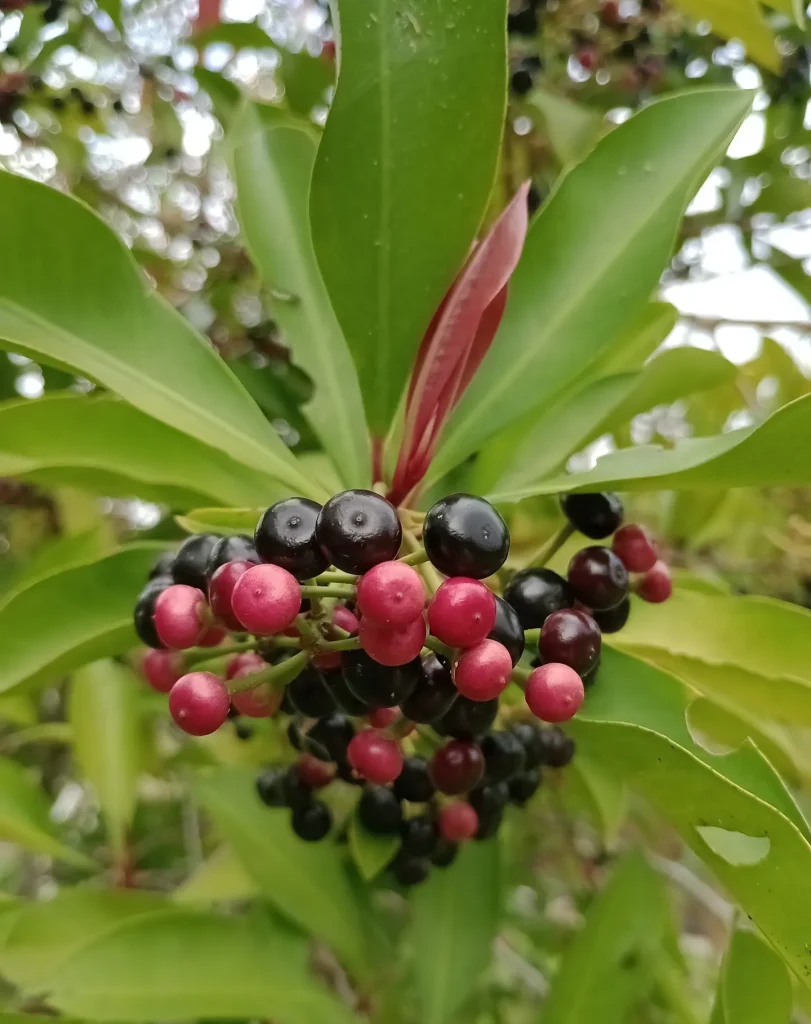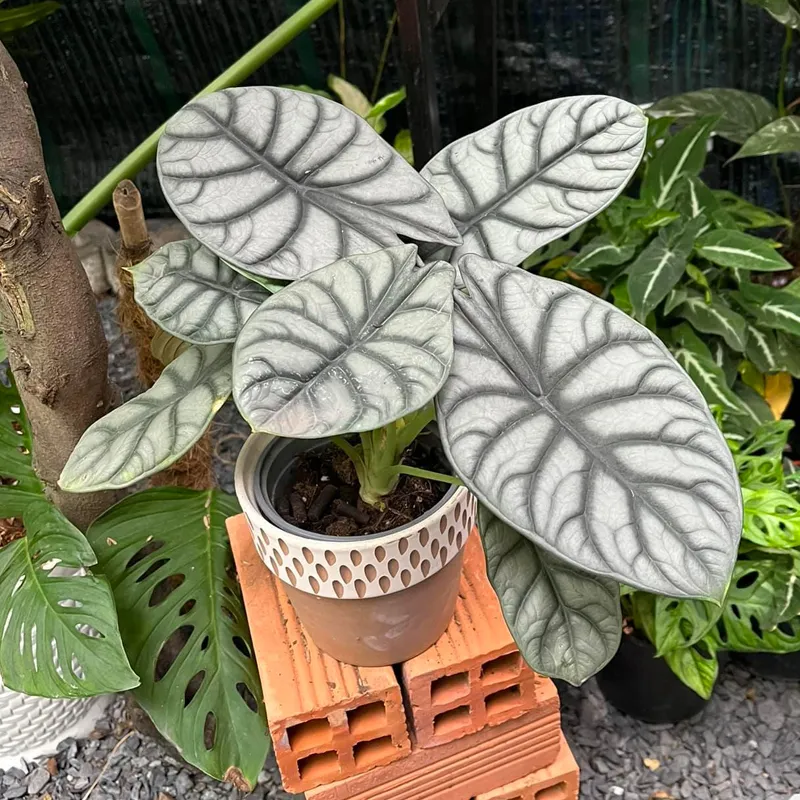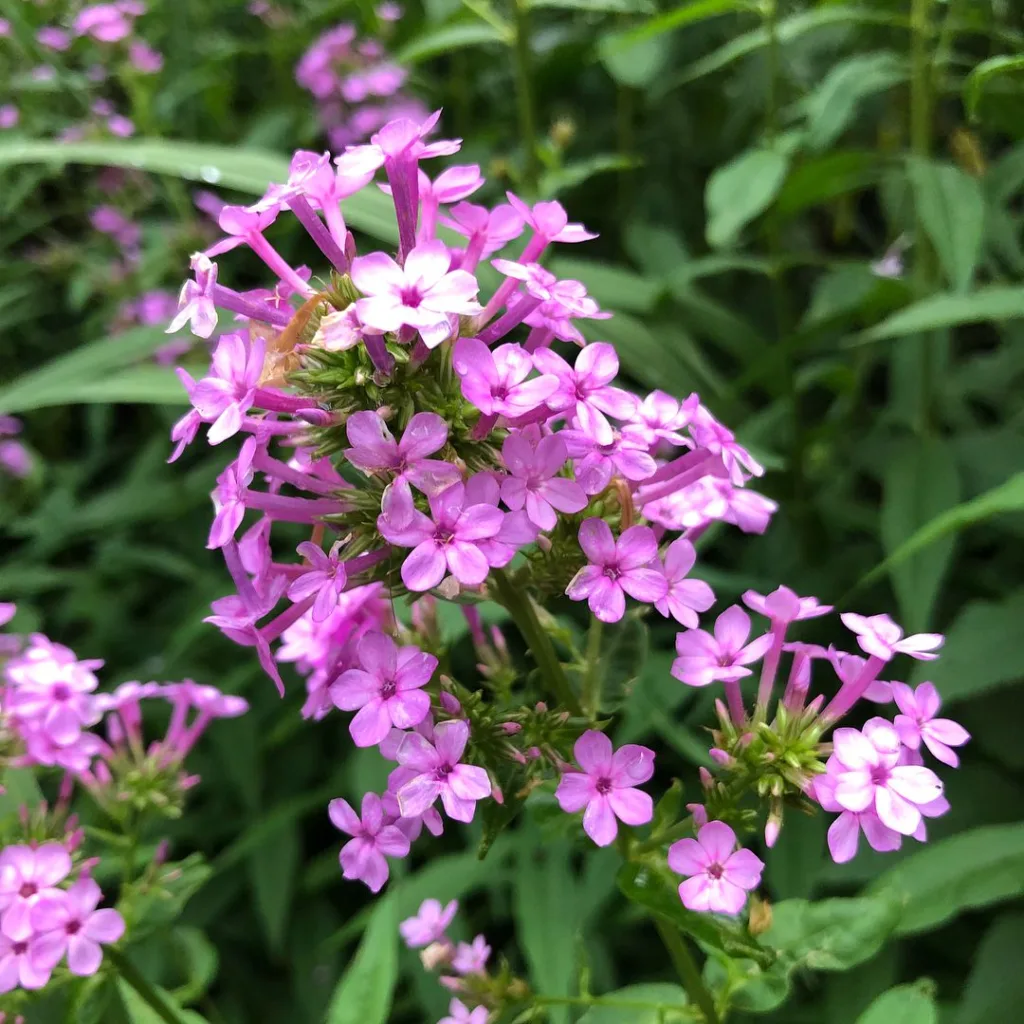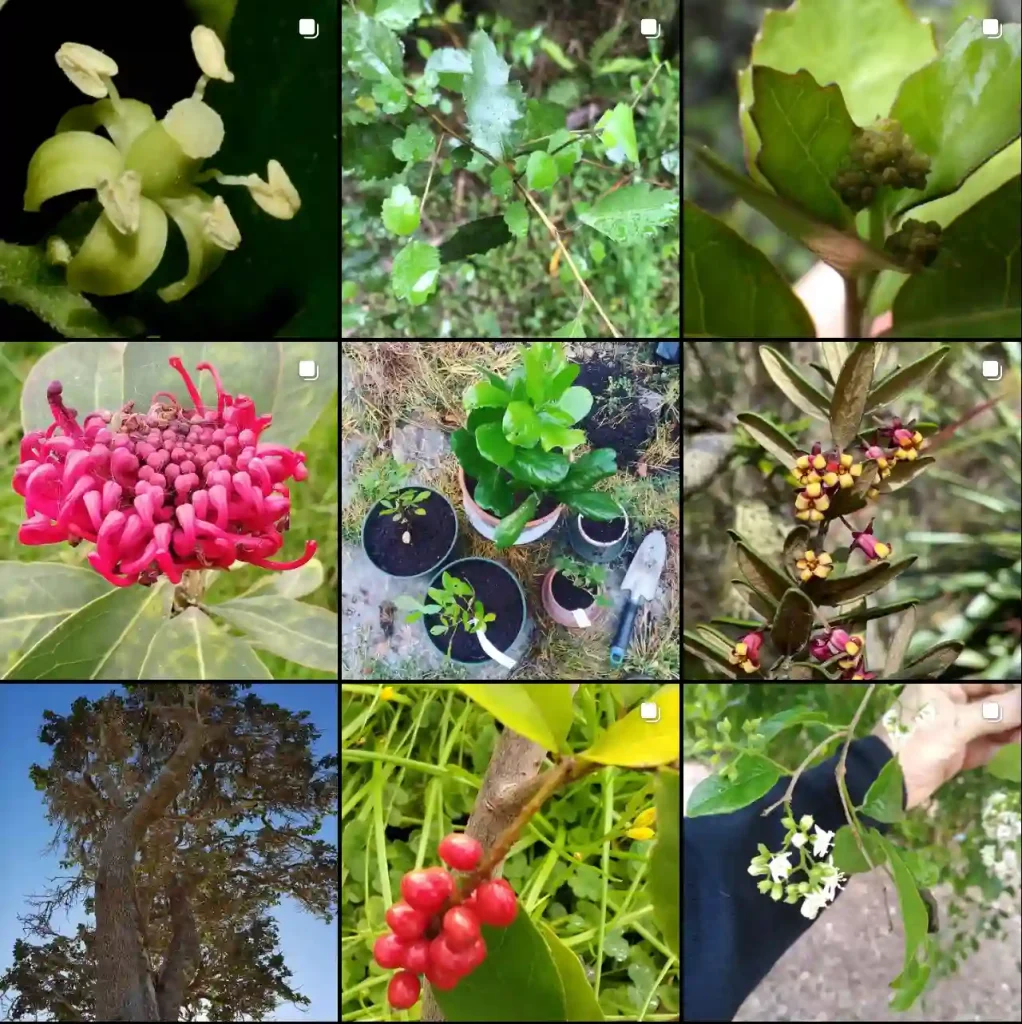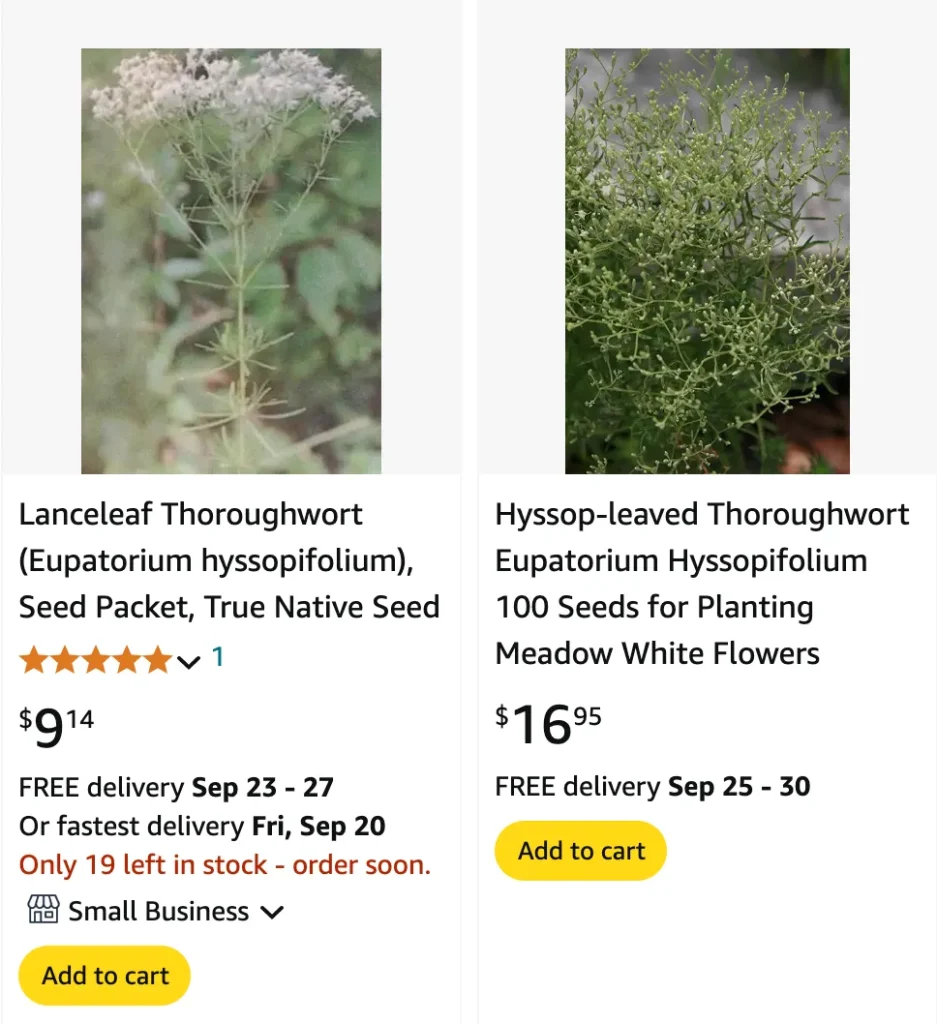
What is Eupatorium Hyssopifolium?
Eupatorium Hyssopifolium, commonly known as Hyssop-leaf Thoroughwort or Hyssop-leaved Boneset, is a perennial plant native to North America. It belongs to the Asteraceae family, which includes many familiar garden favorites. This plant is known for its delicate, lacy foliage and clusters of small, white to pale pink flowers that bloom in late summer. Its compact, bushy growth makes it an excellent choice for adding texture and interest to garden beds.
68 Species in Genus Eupatorium
How to Care for Eupatorium Hyssopifolium?
Caring for Eupatorium Hyssopifolium is relatively straightforward. Here are some tips based on my personal experience:
- Sunlight: This plant thrives in full sun to partial shade. In hotter climates, a bit of afternoon shade can prevent the foliage from burning.
- Soil: It prefers well-drained soil that is rich in organic matter. However, it is quite tolerant of various soil types as long as there is good drainage.
- Watering: Regular watering is important, especially during dry periods. Keep the soil consistently moist but not waterlogged.
- Fertilizing: Fertilize sparingly with a balanced, all-purpose fertilizer in early spring. Over-fertilization can lead to excessive foliage growth at the expense of blooms.
- Pruning: Deadhead spent blooms to encourage more flowering. In late fall or early spring, cut back the plant to about 6 inches above the ground to promote healthy new growth.
How to Propagate Eupatorium Hyssopifolium?
Propagation of Eupatorium Hyssopifolium can be achieved through several methods:
- Seed: Sow seeds in early spring after the last frost. Start them indoors or directly in the garden. Seeds require light to germinate, so press them lightly into the soil but do not cover them.
- Division: This plant can also be propagated by division in the spring or fall. Carefully dig up the root clump and divide it into smaller sections, ensuring each section has roots and shoots. Replant immediately.
- Cuttings: Take softwood cuttings in late spring or early summer. Place them in a pot with a mix of peat and perlite, and keep them moist until they root.
What to Plant With Eupatorium Hyssopifolium?
Eupatorium Hyssopifolium pairs well with various other plants to create a dynamic and visually appealing garden bed. Here are a few suggestions based on my observations:
- Echinacea: The tall, vibrant flowers of Echinacea complement the delicate blooms of Eupatorium Hyssopifolium.
- Rudbeckia: Black-eyed Susans add a bold contrast to the more subtle colors of Hyssop-leaf Thoroughwort.
- Salvia: The spikes of Salvia can add vertical interest and harmonize with the airy foliage of Eupatorium Hyssopifolium.
- Grasses: Ornamental grasses like Miscanthus or Panicum can provide a lovely textural contrast and frame the plant nicely.
Is Eupatorium Hyssopifolium Toxic?
No, Eupatorium Hyssopifolium is not known to be toxic to humans or pets. It is generally considered safe to have around children and animals. However, as with any plant, it’s a good idea to discourage nibbling or ingestion.
Benefits of Eupatorium Hyssopifolium
Beyond its aesthetic appeal, Eupatorium Hyssopifolium offers several benefits:
- Pollinator-Friendly: Its flowers attract a variety of pollinators, including bees and butterflies, making it a great addition to a wildlife-friendly garden.
- Low Maintenance: Once established, it requires minimal care, making it ideal for gardeners looking for a low-maintenance option.
- Versatility: It can be used in borders, as a ground cover, or in naturalized areas, adapting well to various garden styles.
Common Problems with Eupatorium Hyssopifolium
Despite its hardiness, Eupatorium Hyssopifolium can face some issues:
- Powdery Mildew: This fungal disease can affect the foliage, especially in humid conditions. Ensure good air circulation and avoid overhead watering to minimize the risk.
- Pests: Watch out for aphids and spider mites. Regular inspection and prompt treatment with insecticidal soap can help manage these pests.
- Overwatering: While it likes moisture, excessive watering can lead to root rot. Ensure proper drainage and avoid waterlogged conditions.
Compare with Other Similar Plants
Eupatorium Hyssopifolium is often confused with Eupatorium Perfoliatum, commonly known as Boneset. While both have similar characteristics, Eupatorium Perfoliatum tends to be taller with larger leaves and flowers. Another similar plant is Eupatorium Rugosum (White Snakeroot), which has broader leaves and a more aggressive growth habit.
In summary, Eupatorium Hyssopifolium is a versatile and attractive addition to any garden. Its ease of care, aesthetic appeal, and benefits to pollinators make it a valuable plant for both experienced and novice gardeners. Whether you’re looking to add a touch of elegance or support local wildlife, this plant is worth considering.
If i die, water my plants!
